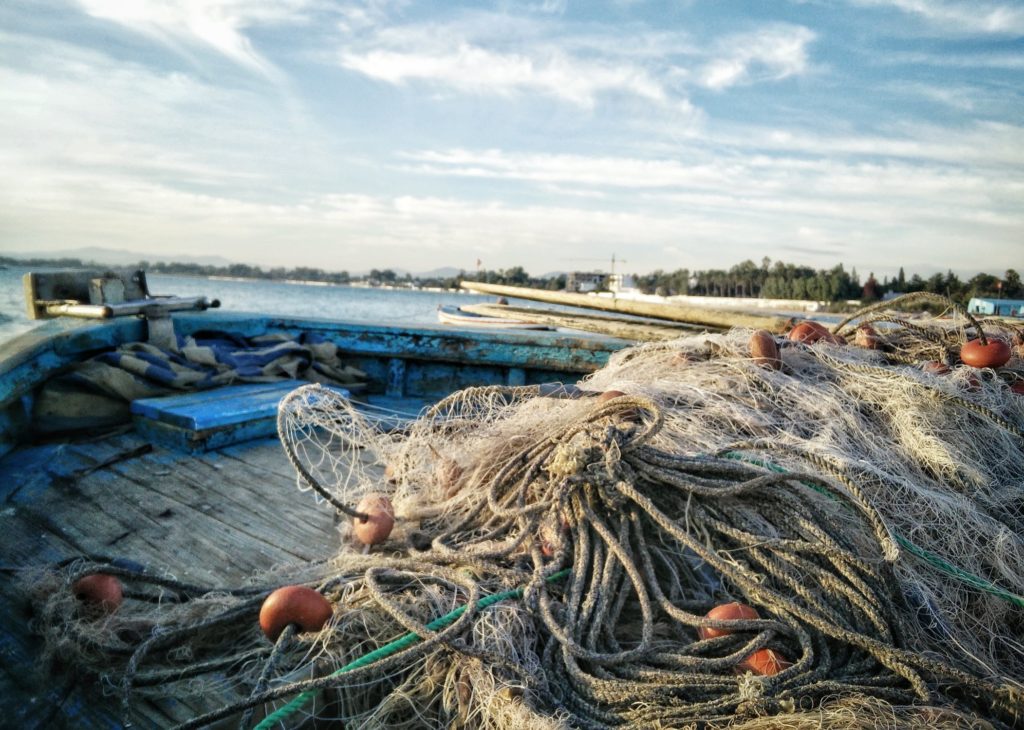
Every year hundreds of thousands of marine creatures become trapped in marine debris and discarded fishing gear. Birds, turtles, dolphins, sharks, whales, and many other large sea creatures are becoming victims to fishing nets floating through the oceans. And while of course a goal would be to eliminate the debris from the ocean, conservationists are more focused on freeing these animals that have become trapped first. The National Oceanic and Atmospheric Administration (NOAA) has been working closely with it’s Hawaiian Islands Humpback Whale National Marine Sanctuary to do just that.
The waters surrounding Hawaii have been a part of the migration path for whales for centuries. During the fall, pods of humpback and other whales warm themselves in the North Pacific Ocean. Unfortunately many of these whales become trapped in fishing gear. The nets and ropes continue to tighten around the helpless animals preventing them eating or getting air, causing them to become malnourished and dehydrated. Groups like NOAA and Oceans Unmanned have been sending in teams to help cut free these massive creatures, but as NOAA’s Ed Lyman said, “Cutting free a 45-foot, 40-ton free swimming animal is not an easy task; it can be dangerous.”
Last year rescue efforts had to be suspended after a diver was struck and killed by a frightened whale in a rescue mission. But the NOAA won’t be giving up anytime soon. Former NOAA member and founder of Oceans Unmanned, Matt Pickett, is working together with his former employers to use modern technology to better assist whale and other marine animals that have become trapped in nets. Collaborating with DARTdrones and DJI they will be launching the freeFLY drone program to aid marine rescue workers.
Pikcett explained that, “In the past, we had to get close to the whales at least three times. Once to figure out where the animal was entangled, once to cut them free, and once to make sure the job was done right and nothing was left behind.” Each time a team would have to physically approach an animal they were putting their own lives at risk, as well as further stressing the animal. With a drone two of these three steps can be eliminated.
The drones are inexpensive, easy to use, waterproof, and equipped with high definition cameras. The drones can be used to track animals and common areas where entanglements occur with out humans even needing to be out on the water. Once a drone has spotted an effected creature a team can step in to help rescue it. First, the drone will be used to capture detailed images of the situation so the rescuers can create a plan of action that posses the least amount of risk to themselves and the animal. Once a plan is in place they can move in to free the animal as quickly as possible. Finally, once they have freed the animal they can safely retreat and use the drone to double check the animal’s well being, continuing to monitor it to safety.
Brian Taggart, chief pilot for the freeFly program pointed out that, “The freeFLY program will ensure all operators are well trained and equipped, operate at the highest level of safety and professionalism, and meet the requirements under the NOAA permit.” And this program has already proven successful. The drones have provided NOAA and Oceans Unmanned with invaluable data to prevent issues, as well as carry out rescue missions. Now they are ready to employ freeFLY fully off the coasts of Hawaii for the coming migration season. Matt Pickett is hopeful that freeFLY will prove valuable enough to further expand to America’s west coast and Alaska in 2019.
|